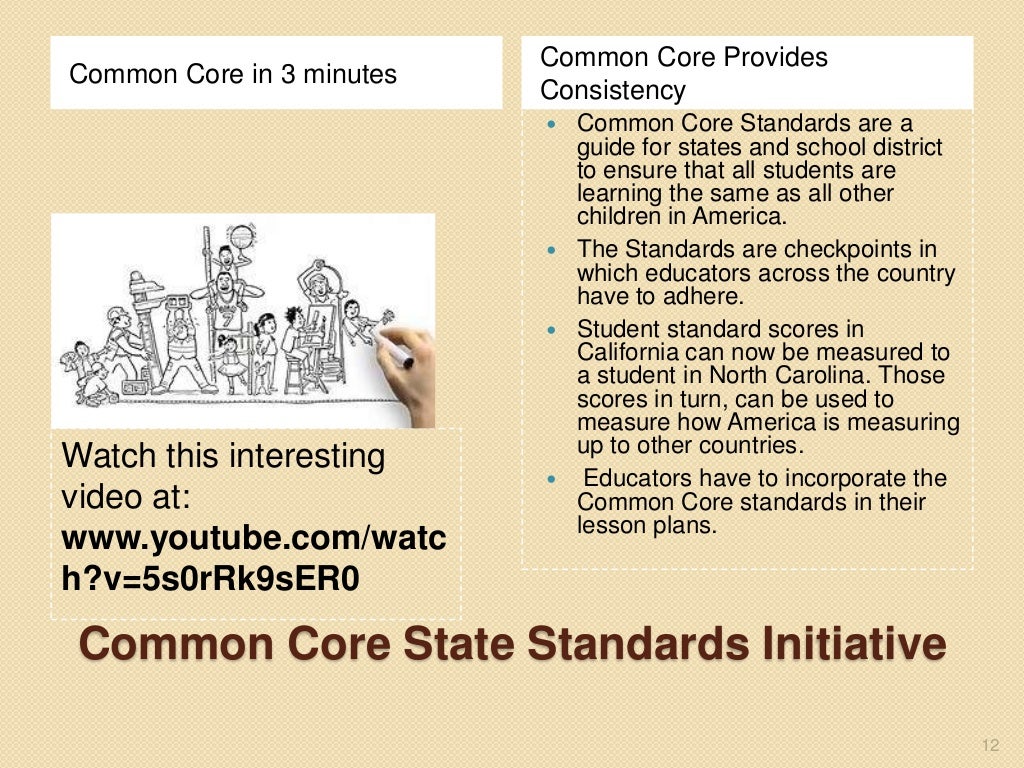Backward Design Lesson Plan Steps & Examples
Table Of Content

Each of these educational frameworks has its merits, but Backward Design stands out for its focus on alignment between learning objectives, assessments, and instructional strategies. Understanding how it compares to other frameworks helps educators make more informed choices about which approach to use in different teaching and learning contexts. Another important aspect of backwards design is that it helps ensure your assessment is authentic. All authentic assessment starts with alignment to intended learning outcomes. When we need to change our assessment and/or learning activities, it may feel daunting.
Basic Steps of Backward Design Lesson Plans
For the first time, it felt like none of my class was wasted; everything actually mattered. There was something a lot more satisfying about doing things this way. The “full” version of Wiggins and McTighe’s original approach is pretty complex and can be time-consuming to implement. For now, though, I’m just going to share the most basic version of backward design. And I got to drool over Matt Dillon in the movie’s opening scene again and again and again.

Bloom's Taxonomy
The Dick and Carey model, however, is a more systemic model in that making changes to components affects other components and, therefore, the changes occur in parallel. In the more linear backward design model, the steps are non-flexible which means that skipping or changing steps is not an option. With intended learning outcomes in hand, the next step of the backward design process is to create assessments that appropriately measure students’ attainment of intended learning outcomes. Various kinds of assessments can fill this role, as long as the assessment task is closely aligned with the action described in the ILO. Since the point of defining ILOs is to provide a design focus for your course and to clarify goals for students, specificity is very important. In your statement of your learning outcomes, it should be clear exactly what the goal is.
The Before, Where the Final Product is a Test
Using the ratio example, the teacher would need to ensure their students have a solid understanding of multi-digit multiplication, division, factors and multiples. If students enter sixth grade without competent skills in these areas, the teacher will need to build appropriate units into their lesson plans to achieve the year-end goal of understanding ratios. But in other cases, it might be wiser to use backward design lesson plans. The right backward design lesson plan may result in a better learning experience for a classroom full of students, a private client, and everyone in between.
Some states in the U.S., like Massachusetts and North Carolina, even began incorporating elements of Backward Design into their educational standards. Assessment needs to align with your curriculum (course content) and instruction (teaching methods). Scroll your mouse over the question marks in the diagram to learn more. Objectives, assessments and learning activities are three cornerstones of backward design.
These theories collectively validate why Backward Design is more than a passing trend; it's a research-based, effective approach to education. After its introduction, other scholars and educators picked up the concept and ran with it. Some people expanded on it, and others tried to apply it in various settings—schools, colleges, and even corporate training programs. Formative Assessment includes ungraded activities and feedback you provide to students.
As the quote below highlights, teaching is not just about engaging students in content. It is also about ensuring students have the resources necessary to understand. Student learning and understanding can be gauged more accurately through a backward design approach since it leverages what students will need to know and understand during the design process in order to progress.
The teacher first considers the knowledge and skills that students will need in order to complete the authentic assessment. Specifically, students will need to know about different food groups, human nutritional needs (carbohydrates, proteins, sugars, vitamins, minerals etc.), and about what foods provide these needs. Resources will be a pamphlet from the UDSA on food groups, the health textbook, and a video "Nutrition for You".
How to Design a Book Cover… Backwards? - Literary Hub
How to Design a Book Cover… Backwards?.
Posted: Tue, 08 Jan 2019 08:00:00 GMT [source]
With a good rubric in place, we then work backwards to determine what lessons students need to do excellent work on the final assessment. So if we re-do this unit plan with backward design, we’ll need to start by developing an assessment that would measure success with that standard. Just like any plan, your initial Backward Design framework may require adjustments.
Methods can include teacher-centered approaches like demonstrations or lectures, or student-centered approaches like peer discussion and inquiry-based learning. Basically, focus on identifying the desired results, which should be student-centered. Then your course design will have learning experiences tailored toward those learning outcomes.
Public school teachers will often “teach the test” by focusing primarily on what will be on federal or state standardized tests instead of other content or modules in textbooks. Now it’s time to create lessons and activities for your course materials. Since you already know what your tests will be about, this should be relatively easy. Educators can follow a simple process to develop backward lesson plans for higher education. This approach applies to any field, including business, the sciences and STEM. This is a hard pill to swallow, because I wasn’t half bad as a teacher.
Comments
Post a Comment